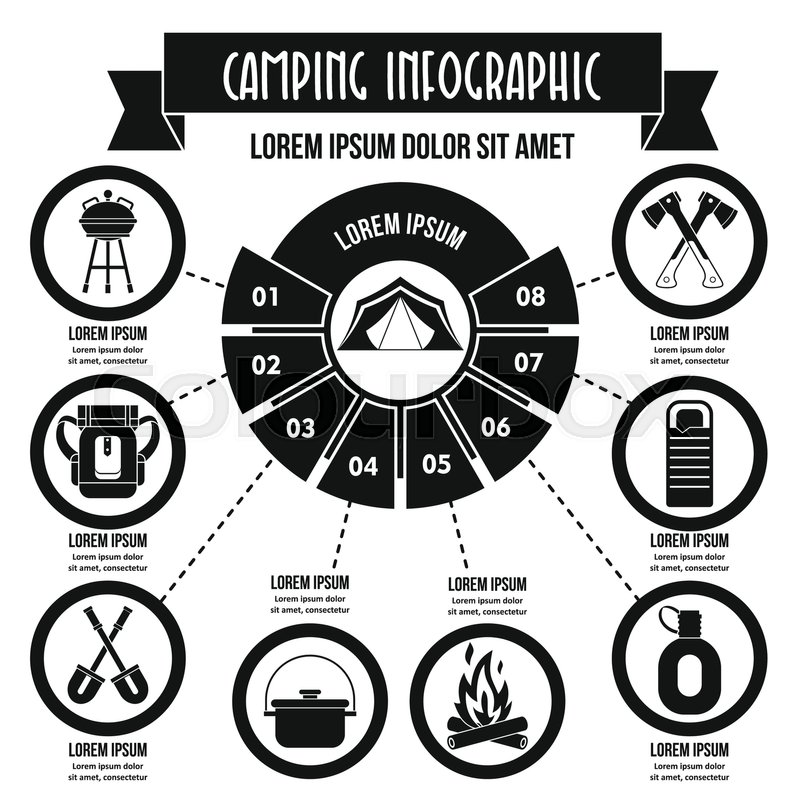Winter months outdoor camping uses the chance to explore a beautiful, tranquil wild devoid of crowds and noise. However, there are a couple of points to consider before starting your trip.
One of these is securing your tent with snow anchors. A clove hitch with a buried stick can help rocky surface, however in ice and snow, a "dead man" anchor may be the very best choice.
Packing Down the Area
If you want your person line supports to be bombing plane, make certain the location around your camping tent is loaded down. This is much easier with skis or snowshoes, however also a great set of treking boots can do the method if you pace your camp a number of times to pack it down. This will guarantee that the stakes you dig won't move or obtain taken out by the wind. Conversely, you can create "Dead Man" supports by linking the line to a stick and hiding it in the snow with either Bob's smart knot or a common taut-line drawback keeping the knot well above the snow degree. This functions really well at Helen Lake where the snow is pretty dense.
I additionally such as to establish a wind wall to shield the entryway of my tent.
Digging the Stake Trenches
Making use of a shovel, dig a slim trench just wide enough for the lying fix. Beware not to cut the guy line with the blade of the shovel, especially if you are utilizing it for a T-trench support (also called a horizontal mid-clip). A T-trench is just one of the greatest supports and must become part of any system utilized to help abyss rescue. It takes even more time to build than a vertical picket however it assists disperse the lots and prevent the line from fraying over rocky terrain.
The camping tent secures that ship with the majority of 4-season and winter months tents are not long enough for the deadman risk technique when camping on snow, so you will certainly require to bring added energy cable to prepare these. To stay clear of needing to tie knots with cold fingers, it is a good idea to prepare all the man lines in advance in your home by connecting girth hitches throughout of each cable.
Loading the Risk Trenches with Snow
The individual lines that feature the majority of 4-season outdoors tents are also brief for surveying an outdoor rain gear tents in deep snow. Plan for this ahead of time by utilizing 2mm energy cable to prolong the size of each person line.
To hide the stick, usage either a clover hitch knot as Bob explains or a taut-line hitch with the knot well above the snow level (so you can draw the unknotted line back out if it obtains cold in). After that wet down the area and stomp it down to pack it firmly.
This is one of the most safe and secure approach for risks in winter months and it does not need an ice axe, although some like to utilize one anyway to avoid tearing up their hands as they dig. Repeat the procedure for each and every risk up until you've buried all the sticks and are ready to establish camp. This is a wonderful means to do the job promptly when establishing in cool and gusty conditions.
Tightening the Pitch
While a standard outdoor tents suffices for camping in summer, winter calls for extra gear, especially if the trip will certainly be prolonged. A 4-season tent with sturdier posts, larger materials and less mesh is essential to stand up to high winds and heavy snowfall.
A hat is necessary to maintaining warm from being lost through the head (approximately 70% of body heat loss). The same goes with handwear covers and a face mask in very cold problems.
Sleeping on a platform rather than in an outdoor tents with a flooring can also help in reducing warm loss through all-time low of the sleeping bag. Using a tarpaulin can likewise permit extra comfort by giving a surface area for cooking and resting.
Site choice is important in winter months camping. Look for a location that provides wind protection, a protected water resource (to avoid melting snow), and is far from avalanche risk or risk trees. A spot that has direct exposure to sunlight will certainly additionally assist you warm up quicker in the morning.
